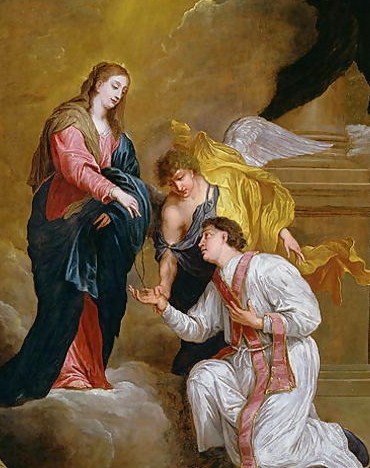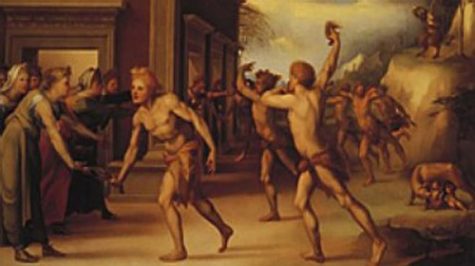The Mysterious History of Valentine’s Day
While often viewed as a day of love and affection, Valentine’s Day hasn’t always been what it is today. With a history as murky as the Amazon River, the reasons we celebrate Valentine’s Day today are a giant rollercoaster of mysteries. Its ties with Roman festivals and multiple Christian martyrs-all by the name of Valentine-are not only shocking, but revolutionary.

The patron saint of Valentine’s Day-Saint Valentine-is more mysterious than the holiday named after him. Nobody is quite sure of who the actual St. Valentine was-the Catholic Church recognizes at least three different martyrs of the name Valentine or Valentinus. A famous tale deduces that a priest named Valentine, who served during the third century in Rome, is the rightful “founder” of the pristine holiday. Valentine was said to have served under the emperor Claudius II Gothicus and was imprisoned for unknown reasons, many which are believed to be his penchant of defying the emperor for the sake of justice and performing marriage ceremonies for young men (who weren’t allowed to marry at the time because of their duty as soldiers). While the priest was imprisoned, it is said that he fell in love with the jailor’s daughter and wrote the first valentine greeting to her, signing it “From your Valentine”. Despite having such a dark past, Valentine quickly became one of the most favored saints in England and France.
Lupercalia was an ancient pagan celebration and Roman festival staunched to the Roman god of agriculture and the founders of Rome: Romulus and Remus. It is said that the Catholic Church declared that the Valentine’s Day feast be placed in mid-February to “Christianize” the pagan festivities. Lupercalia was meant to celebrate fertility on the Ides of February and consisted of a group of Roman priests climbing to a sacred cave (where Romulus and Remus were thought to have been cared for by the “she-wolf”) and sacrificing a goat and a dog for fertility and purification. They would cut the goat’s hide into strips, dip it into sacrificial blood and take it back to the cities where they would then throw it at the women and crop fields. It was welcomed by many women, seeing as the Roman’s believed it would make them more fertile. However, by the end of the 5th century, Lupercalia was prohibited after being deemed un-Christian and Pope Gelasius proclaimed the 14th of February Saint Valentine’s Day.

It wasn’t until the Middle Ages that Valentine’s Day started being seen as a romantic holiday. In France and England, people believed that the 14th of February was the beginning of the mating season for birds, which gave people the idea of making Valentine’s Day passionate and intimate.
Today, Valentine’s Day is celebrated as a day of love and affection to those closest to us, whether it be a special someone, family member, friend, or teacher. It’s dark and murky history, albeit being a little strange, and is spellbinding and captivating, just like the magic of Valentine’s Day. Happy Valentine’s Day!
https://www.britannica.com/topic/Valentines-Day
https://www.history.com/topics/valentines-day/history-of-valentines-day-2





